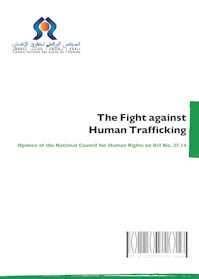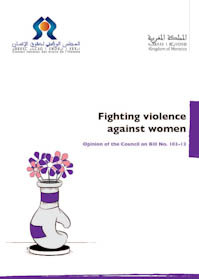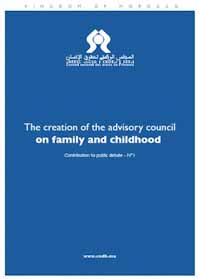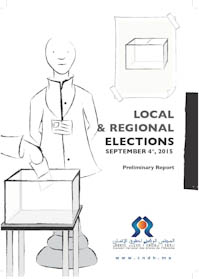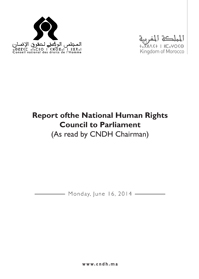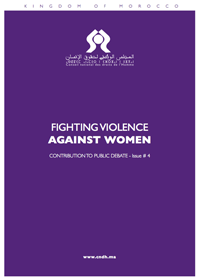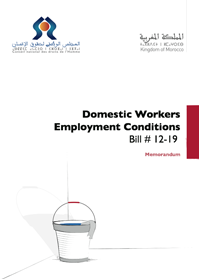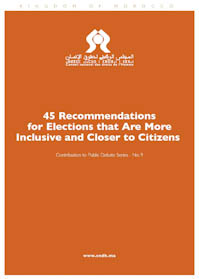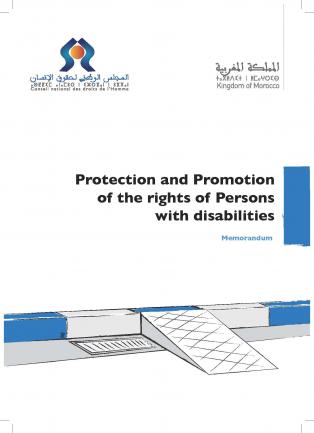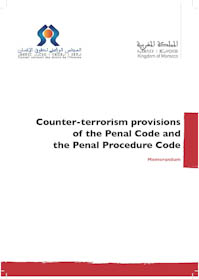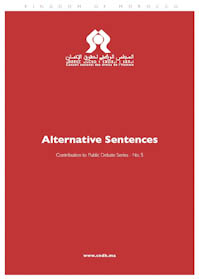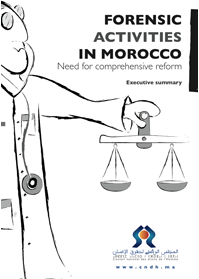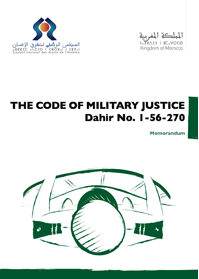Is Memory Dissoluble in Art?
Whenever I thought, as a director, of the memory and archives, I secretly wondered if it is a sheer coincidence that French incorporated into these two words the term 'Art": “art-chives” or “memoi-art"? But without knowing their etymology according to the "Littré" dictionary of the French language, I have been for a long time convinced of the fluid dynamics happening between art and memory, between creativity and archives! Also, I am convinced of the pressing need of this momentum for structural equilibrium of a nation.Unfortunately, we still consider this data as a detail, or even a luxury, that can be postponed indefinitely! And we know precisely since the old times and the time of Socrates, who said "True learning is remembering...", that the memory is the future of Man! Since then, modern philosophy has stressed that the memory has a great mental function, which is "inseparable from self-consciousness, inseparable from imagination, ensuring the unity of the self ...." This definition is related to both individual memory and collective one because the two are intimately linked. However, this catch-all memory is not always able to record the recollections without losing or deforming some, knowingly or not. I read somewhere that archives are the eyes of memory! Perhaps the eyes which the memory needs to find for each recollection its own way forward?
“And art in all this?”, you would say! Before answering, we should first agree on the meaning of the word "archives"! If space allowed, I would tell you numerous stories where archives become art and vice versa. Stories on archives designed to memory by some and perceived as items of art by others ... Take the example of rock paintings: Most of theses conclude that this is news about events on leading characters engraved for memory. We know later the crucial role that these "images about news" played to illuminate humanity on its distant memory. We also know the dynamics that the discovery of these "visual archives" has instilled into the art and contemporary creativity. In recent history, we, conversely, have situations where art becomes archives ... These include people of oral tradition! What a memory we would have from the Indians without their songs and their totems? What would we know about the history of nomadic Africans without their dances and their masks? Masks which have become "the eyes of memory" to better understand the way ahead.
The term "archives" means then all traces left by human being, whether audios, writings, paintings, drawings, carvings, sculptures, dances or songs ... These fragile materials are “the eyes of memory” which feed the art to save a part of the memory from fading into oblivion. This refutes an idea which is common among our artists, who believe that creativity and therefore imagination, is an innate gift! But the verb "Imaginer", in French as in most languages that I know comes from the word "Image"! This means that we imagine only through flashbacks of images in our memory; each according to his origins and his life career. And our imagination is more or less creative depending on the freedoms and means we give ourselves to activate our memory and be as one with it. Take, for example, the case of creativity around the period known in Morocco as the years of lead: I do not think that the artistic production that followed is the only result of the openness of the new reign. I think that there are a lot of testimonies of the artists of such period. Being numerous, released and taken in charge collectively, these testimonies could but stimulate creativity even if the regime did not allow that! This is a modest beginning... These oral or written testimonies (archives), including public hearings of the Equity and Reconciliation Commission (IER), is a material that will continue for a long time to stimulate imagination and inspire the local and foreign artists. Then, it is the emerging art which turns into "archives", which is likely to give information in the future time. Before becoming a director, I was a Moroccan child influenced, against my will, by the vicissitudes of that period. Therefore, these archives are the cornerstone of my imagination as a director. I therefore continue to dream, surely as other Moroccan artists and researchers ... etc, of a near future when it will be possible for us to view and use these archives in a click ... I continue to imagine a place and an institution, as in any civilized nation, where we can be as one with the "eyes of our memory."
Translated by Khalid Ramli from a French article by Ali Essafi, Director






